Harbin, Heilongjiang – Not just Ice and Snow
Harbin has an interesting mix of my special interests in China: interesting history, foreign connections, a northern/cold city, and warm people.
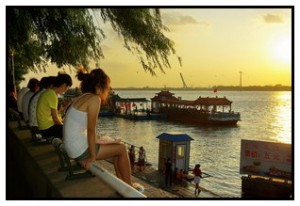
Actually, I didn’t choose to visit Harbin for any of these reasons. I was selected by random draw to be part of some English teacher upgrading in July, 2011. As often happens, I stumble upon some fascinating experiences that can drastically change earlier ideas.
I come from a city in Canada’s West that is known for its cold weather. Ice and snow we have in the winter, but much beauty, too, in the summer.
Both of our cities have a short history, just a mere 100 years or so, which is remarkably short for China but quite understandable for Canada. Both are provincial capitals, but quickly the similarities end. In contrast to the mere 200.000 population of my home city, Harbin has exploded over this time to an urban population of close to 6 million souls.
How has this happened? The story is really quite fascinating.
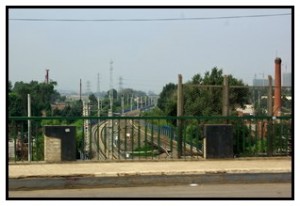
Like my hometown, the choice location for Harbin City is related to the building of a railroad to span a continent. As such, the history of Harbin, like Regina, really began in the late 1800s.
Harbin developed as the administrative center of the China East Railway which became an integral part of the Trans-Siberian rail system. Since the shortest route to the Russian port of Vladivostok was through this most northern province of China, an agreement was reached between Russian and China to build this line and other branch lines, too, to destinations like Changchun and the important Chinese port of Dalian.
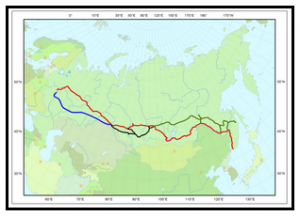
The railway, as a strategic source of economic development, figured significantly in the history of North-East China, known for many of these years simply as Manchuria (which was also the home of the Manchu People who ruled China under the Qing Dynasty). Unfortunately, economic advantage can be both positive and negative. In the case of Harbin and this area, the railway and its economic advantages became something for foreign powers to fight over. The story is much too big to be recounted here, so I focus on just a little of this history.
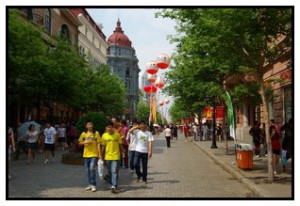
My English teachers invited me early in my stay in Harbin to take a stroll along the famous Central Avenue. As perhaps the longest walking street in all of China, it is graced today with about 70 historical buildings having foreign architectural design. Most of these have interesting connections with both Russian people (because of the railway) and Jewish people (who were basically refugees from terrible political problems in Europe). I have attempted to capture images of this street to form an online photo album (see links below).
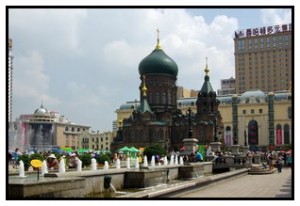
Our second major visit was to LianSheng Square, dominated by the beautiful St Sophia Cathedral. While no longer functioning as a church, due in part to the departure of most Russians from the city in recent decades, the city has chosen to preserve the building as an art gallery and museum dedicated to the history of Harbin architecture. I have another album of photos of this historic church and lovely square (see links below).
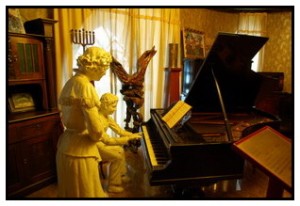
A third major visit which I found fascinating was the exceptionally fine museum dedicated to the Jewish community. They were welcomed to this part of China as refugees at a time when Jews had few peaceful places to live in Europe and elsewhere. In recent years, a number of prominent Jewish people (including former American Secretary of State, Henry Kissinger) have been part of the museum development. I also have an album of photos of my walk through this museum (see link below).

The related histories of these three tourist sites are only part of a proper introduction to Harbin. Visiting in summer, I missed the great event for which Harbin is now most famous: the International Ice and Snow Sculpture Festival. But even for summer visitors, there is a chance to sample just a bit of the famous ice sculpturing in a large refrigerated hall on Sun Island. Samples of magnificent ice sculptures are on display here all year round. Of course, there is much more to see and learn about Harbin, too.
My first visit to Harbin was truly a delight. I look for a first opportunity to return.
Please view my photo albums from Harbin:
Our stroll down Central Avenue
St Sophia Church and LianSheng Square
The Jewish Synagogue Museum
Visiting a Contemporary Christian Church
The Botanical Gardens
Sun Island
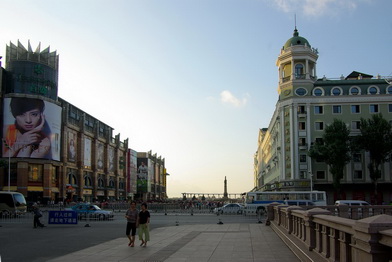
Great stuff, Ron. I learned quite a bit from this blog. It was great seeing these pictures of so many of the places I visited last summer. Your pictures are wonderful! I was on this site before I met you last summer but not since you posted these Harbin pictures. Thanks for including the link in your letter. I’ll check back more often now 🙂
Ron, you are an excellent photographer! So beautiful the pictures are! Of course, the scenes in them are wonderful.